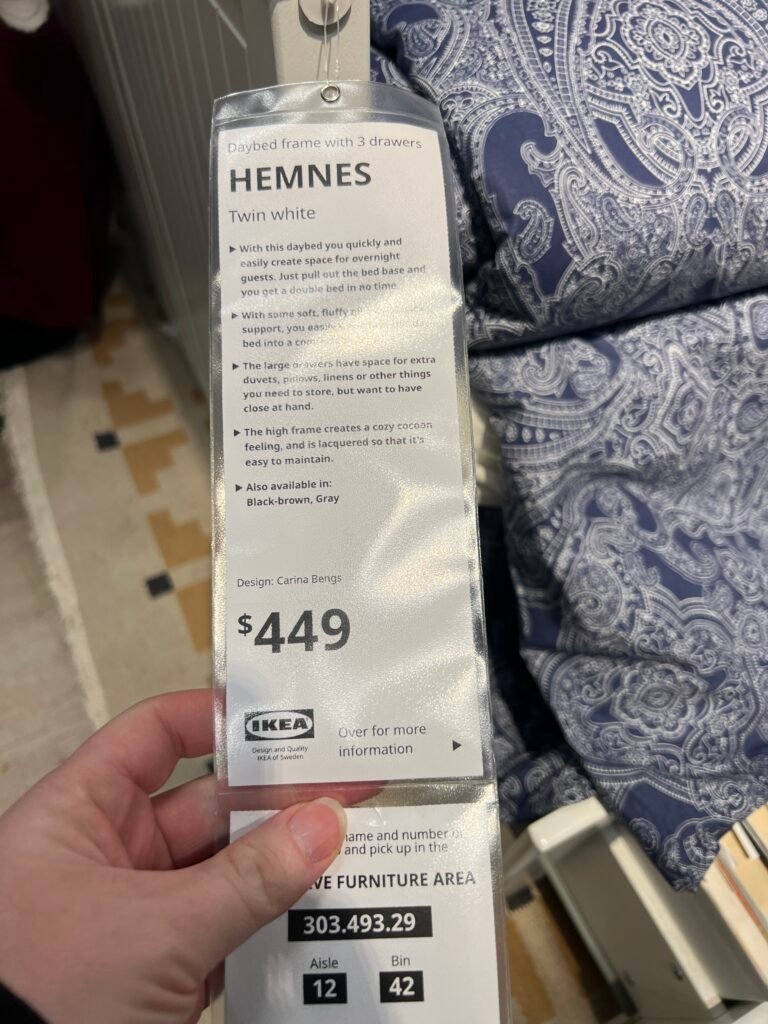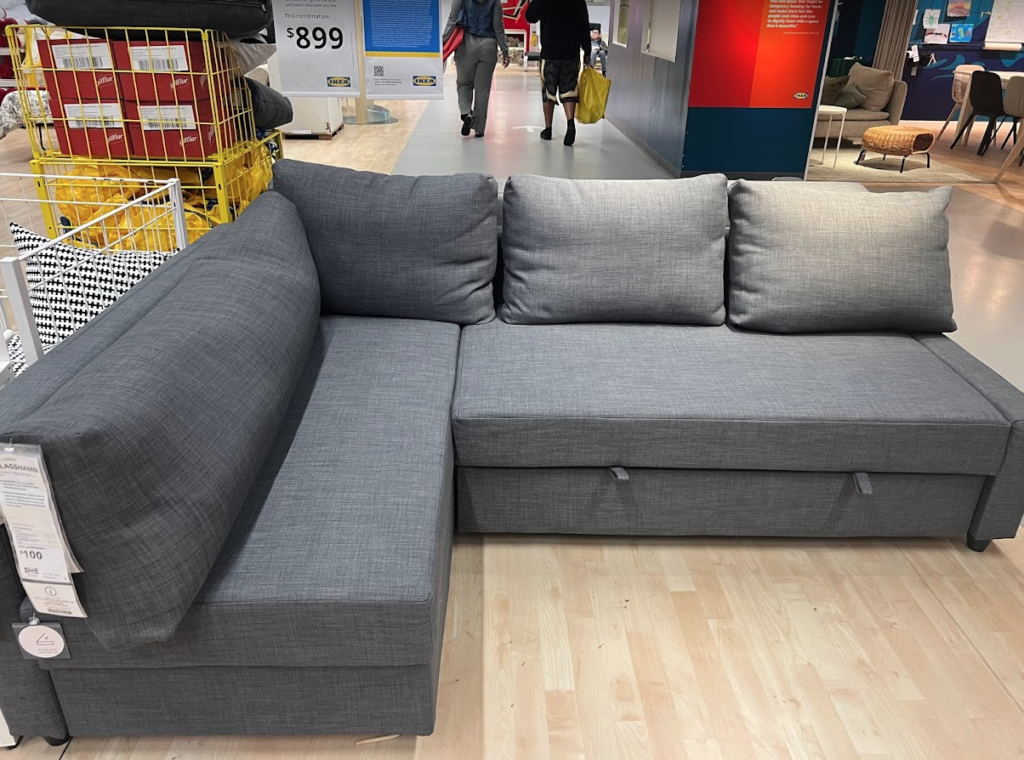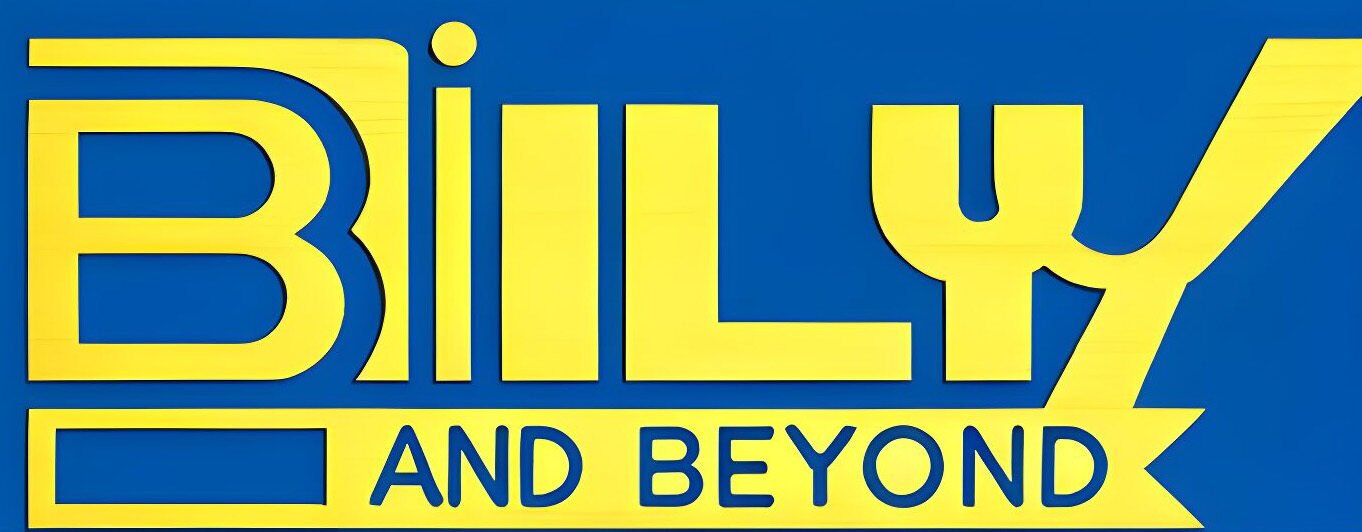Hello again, dear readers! It’s Jason Franklin, your go-to aficionado for all things IKEA. Today, I’m excited to peel back the layers of the iconic blue and yellow giant to explore what truly makes IKEA tick — its ingenious business model. So, grab a cup of coffee (or should I say, a plate of meatballs?), and let’s dive into the world of flat-pack furniture, cost-saving designs, and customer involvement that define IKEA.
The Foundation: Cost-Efficiency Meets Design
At its core, IKEA’s business model is built on a simple yet profound principle: offer a wide range of well-designed, functional home furnishing products at prices so low that as many people as possible will be able to afford them. This principle drives every aspect of IKEA’s operations, from product design to manufacturing to distribution.
Democratic Design: The Five Pillars
IKEA’s approach to product design is encapsulated in what they call “democratic design.” This concept rests on five pillars: form, function, quality, sustainability, and, importantly, low price. Every product starts its life with the price tag in mind, ensuring that affordability doesn’t compromise quality or design. This philosophy enables IKEA to innovate continuously while keeping costs down and sustainability at the forefront.
The Flat-Pack Revolution
A cornerstone of IKEA’s business model is its flat-pack packaging, which reduces shipping costs dramatically. This innovation not only makes it easier for customers to transport their purchases home but also significantly cuts down on carbon emissions by allowing more items to be shipped in a single load. The flat-pack system embodies IKEA’s commitment to cost efficiency and environmental responsibility.
Self-Service and Customer Involvement
IKEA revolutionized the retail industry by introducing a self-service model. By encouraging customers to serve themselves — from navigating the showroom and picking products from the warehouse to assembling the furniture at home — IKEA is able to minimize labor costs. This level of customer involvement is integral to keeping prices low, fostering a sense of accomplishment, and enhancing the overall shopping experience.

Global Supply Chain Optimization
IKEA’s global supply chain is a marvel of optimization and efficiency. With over 1,000 suppliers in more than 50 countries, IKEA works closely with its suppliers to ensure the best prices without compromising on quality or ethical standards. This extensive network allows IKEA to source materials and manufacture products in a way that reduces costs and maximizes efficiency.
The IKEA Store Experience
An IKEA store is more than just a place to buy furniture; it’s an immersive experience. The carefully designed showroom layout takes customers on a journey through a series of model rooms, inspiring them and showcasing the versatility of IKEA products. The inclusion of the IKEA restaurant and various family-friendly amenities turns a simple shopping trip into a delightful day out, reinforcing customer loyalty.

Sustainability and Innovation
Sustainability is not just a buzzword for IKEA; it’s a core aspect of its business model. From sourcing sustainable materials to investing in renewable energy, IKEA is committed to reducing its environmental impact. The company’s ambitious goal to become climate positive by 2030 drives innovation in product design, packaging, and beyond.
A Look Ahead
As we look to the future, IKEA continues to evolve, embracing digital transformation and exploring new ways to meet the changing needs of its customers. Whether it’s through enhancing its online shopping experience, introducing urban store formats, or expanding its range of sustainable products, IKEA remains at the forefront of innovation and customer satisfaction.
Wrapping Up
The IKEA business model is a testament to the power of visionary leadership, innovation, and a relentless focus on customer satisfaction and sustainability. It’s these principles that have propelled IKEA from a small Swedish business to a beloved global brand. As a passionate advocate for everything IKEA, I find endless inspiration in the company’s ability to blend design, functionality, and affordability without ever losing sight of its impact on the planet and its people.
Here’s to the continued success of IKEA, a company that has truly made design accessible to everyone. Thank you for joining me on this exploration of the IKEA business model — until next time, keep enjoying the journey through the wonderful world of IKEA.

